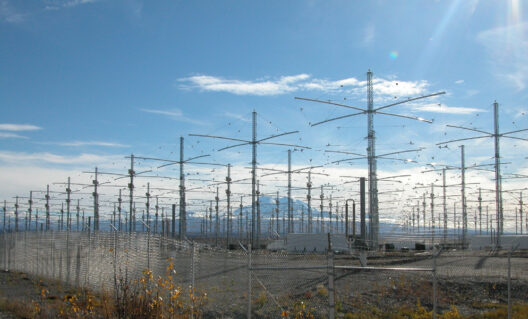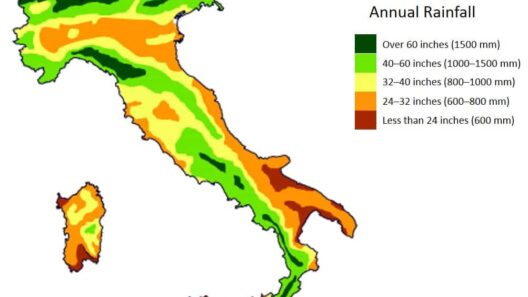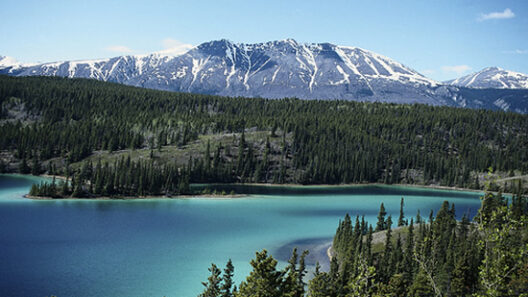Spain, a land of vibrant culture and breathtaking landscapes, is also a region marked by striking climatic diversity. From the sun-soaked Mediterranean coast to the snowy peaks of the Pyrenees, Spain presents a peculiar tapestry woven with the threads of varying climates and topographical realizations. What happens when one climate meets another? Do they engage in a harmonious duet or do they collide violently? In exploring these climatic contrasts, one is not only invited to appreciate Spain’s natural beauty but also to confront the impending climate challenge that looms over this Apennine Peninsula.
At first glance, the Mediterranean climate reigns supreme along Spain’s southeastern coast. Characterized by hot, dry summers and mild, wetter winters, this climate provides a nurturing foundation for lush vineyards, olive groves, and fruitful orchards. Regions such as Andalusia, Valencia, and Catalonia are not only significant agricultural hubs but encapsulate the essence of Mediterranean living. The extreme heat raised by climate change intensifies this region’s susceptibility to prolonged droughts, raising questions about sustainable water usage. How prepared is the agricultural sector to adapt to increasingly arid conditions? The answer may prove pivotal for Spain’s ecological and economic future.
Conversely, as one ascends into the northern regions, the climate shifts dramatically. The coastal areas of Galicia and Asturias are characterized by an Atlantic maritime climate, where green hills meet the sea and rainfall is abundant. This climate creates rich biodiversity, with ecosystems thriving in wetlands and lush forests. The interplay of temperature and precipitation here is crucial for maintaining this unique habitat. However, the rising tides and unpredictable weather patterns driven by climate change threaten both these ecosystems and the livelihoods dependent on them. The intrinsic relationship between humans and nature in these regions poses another layer of complexity. How do communities reconcile traditional practices with modern conservation efforts?
At the heart of Spain’s climatic diversity lies the formidable backbone of the Pyrenees mountain range. Towering peaks and high-altitude valleys experience a totally distinct climate that features cold winters and cool summers. Glaciers and snowfields can be found here, acting as vital water reservoirs for downstream areas. Unfortunately, as temperatures rise due to climate change, these glaciers are retreating at alarming rates. What implications does this have for Spain’s water supply, agriculture, and recreation? The reduction of snow cover is a critical concern, as it has cascading effects on ecosystems, agriculture, and even tourism that thrives on winter sports.
Moreover, the interplay of these climates is best exemplified by the phenomenon of microclimates, which can vary significantly within short geographical distances. In Spain, one might find a sun-drenched vineyard just a hill away from a misty forest. These microclimates create niches for various flora and fauna, leading to exceptional biodiversity. However, they also complicate the challenges of climate adaptation. How do policies account for these variations, ensuring that the unique needs of different communities and ecosystems are met? Effective climate action must integrate localized knowledge with broader environmental strategies, a task easier said than done.
As Spain grapples with these diverse climatic layers, the challenges become increasingly evident. Forest fires have become a glaring issue in recent summers, exacerbated by rising temperatures and prolonged droughts. The once-scenic landscapes of olive groves and vineyards can quickly transition into fire hazards, threatening not only biodiversity but also economic stability. Mitigating these fires requires a multifaceted strategy, including sustainable land management, reforestation, and community engagement. What innovative practices can be implemented to reduce the risk of wildfires while maintaining the agricultural vitality of these regions?
In juxtaposition to this, Spain’s efforts toward renewable energy offer a glimmer of hope amid the growing concerns regarding climate change. The Iberian Peninsula boasts considerable wind and solar resources, enabling it to lead the charge in sustainable energy production. The integration of these resources presents Spain with an opportunity to fortify its economy while simultaneously addressing climate change. However, the transition must be managed carefully to avoid exacerbating social inequities. How can Spain ensure that the benefits of clean energy reach all segments of society? Ensuring equitable access to energy and creating green job opportunities is pivotal to instating long-term resilience.
Investments in research and development play a crucial role in fostering innovative approaches to climate adaptation and mitigation. Universities and research institutions across Spain are increasingly focusing on climate resilience, examining everything from agricultural techniques to urban planning strategies that accommodate environmental changes. By integrating local knowledge and scientific expertise, Spain can cultivate a more resilient future for its diverse climates. Yet, as the clock ticks down on the climate crisis, what could accelerate these transformative changes? A sense of urgency must permeate all sectors, ensuring collaborative efforts are amplified to confront the climate challenge head-on.
As we navigate Spain’s climatic secrets, the intricate interactions among its diverse weather patterns reveal both beauty and fragility. Whether it be the sun-drenched coasts or the snowy peaks, maintaining a balance amidst climate fluctuations is essential for the well-being of its inhabitants and the health of our planet. The reality is stark; Spain’s future is intrinsically tied to how it approaches climate action today. Will the nation rise to the occasion, crafting a sustainable and equitable strategy that aligns with its climatic diversity? Only time will tell, but the dialogue must begin now, spurring collective action to safeguard not only Spain but also global climates against the ravages of climate change.






